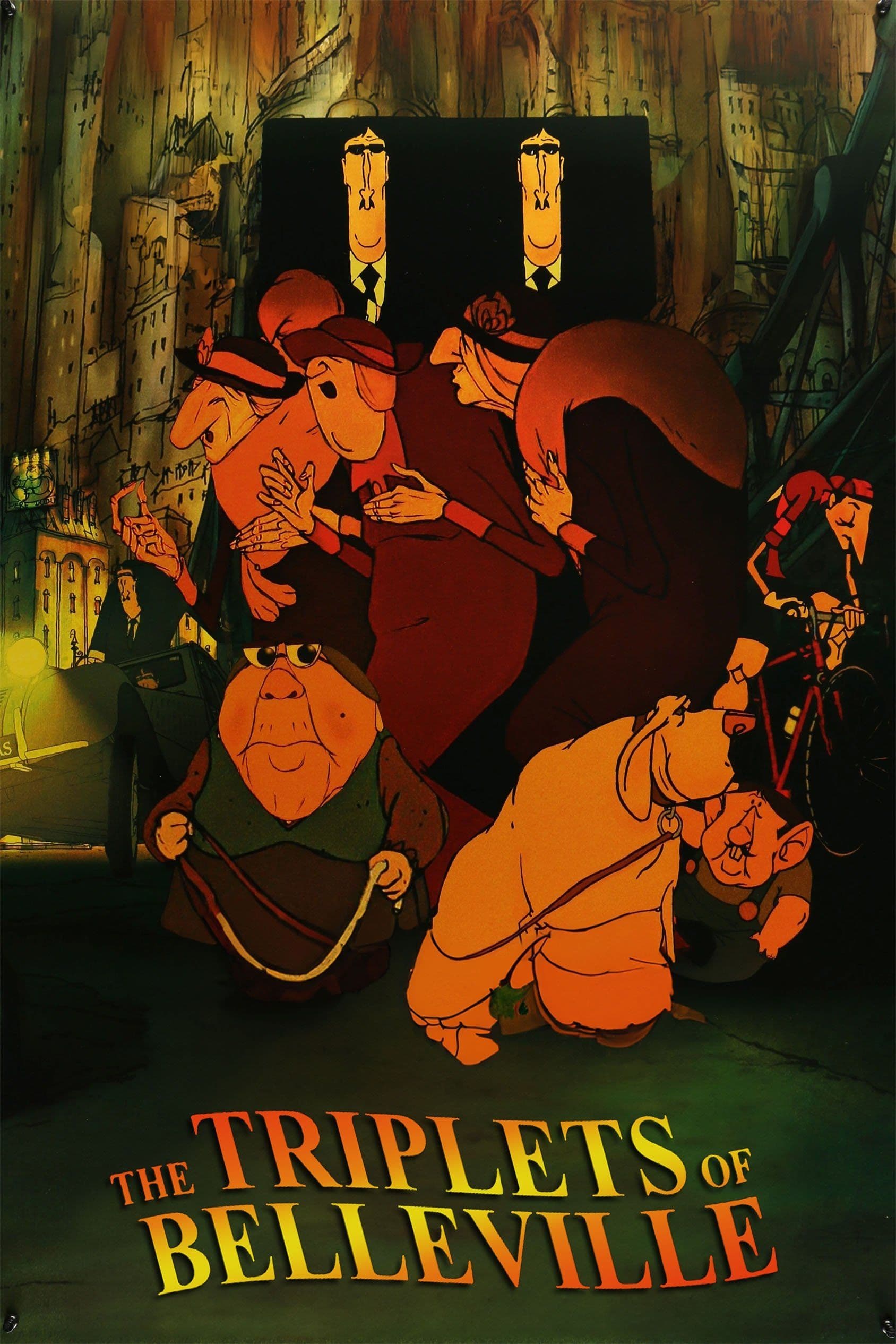
The Triplets of Belleville
2003
Rate this movie
Average: 0.00 / 5
(0 votes)
Director
A magnificent animated film by Sylvain Chomet with simply sublime drawings and a surreal, ironic, and fascinating storyboard. The work stands as a bulwark against the digital homogenization that has permeated contemporary animation, celebrating a handcrafted artistry that translates emotion into every brushstroke, every expressive line. It is hand-drawn cinema with the meticulousness of a miniaturist and the vision of a surrealist painter, capable of evoking atmospheres reminiscent of both European expressionism and the vivacity of classic animated cartoons, yet with a profoundly original and melancholic soul.
The mother of a young cyclist pursues her son across the ocean by pedal boat to the metropolis of Belleville, where she must rescue him from the clutches of a shady, inebriated bookmaker who kidnapped him to fuel an underground gambling ring. This aquatic odyssey, surreal yet imbued with a palpable emotional urgency, transforms the tenacious Grandmother Madame Souza into an archetypal heroine, an indomitable modern Penelope searching for her Ulysses in a world that has lost all moral compass. Her oceanic crossing on such an improbable vehicle is not merely a narrative device, but a powerful metaphor for the unwavering determination of maternal love in the face of the world's absurdity.
The woman will be aided by three old ladies, former glories of vaudeville theater, who live by feeding on frogs and memories. The "Triplettes," quirky and fascinating creatures, are an ode to a golden age of entertainment, a living relic of a humble but authentic art, made of improvisation, music, and a deep sense of lost time. Their unique frog-based diet, caught with almost primal skill, places them on the fringes of a society that has forgotten them, but endows them with a resilience and wit that far surpass the vulgarity and narrow-mindedness of the modern metropolis. They are the muses of a stubborn humanity that refuses to surrender to the erosion of progress.
Framing the story is a grotesque city, swallowed by gigantic billboards, by teeming and improbable vehicles, by citizens bloated like Botero's paintings (even the Statue of Liberty is in a Botero-esque version). Belleville is not just a backdrop, but a character in itself: a ruthless caricature of globalized modernity, a distorted American melting pot, intoxicated by rampant consumerism and an urban frenzy bordering on alienation. Its distorted architecture and deformed inhabitants, deliberately disproportionate and swollen in their opulence or misery, are a bitter comment on the loss of harmony and grace in the contemporary world, a critique not dissimilar to that which George Grosz or Otto Dix directed at their post-war Germany, albeit with a lighter and more melancholic humor. It is a Dantesque hell painted with the acid colors of advertising and blind progress.
Some truly delightful scenes, such as the race of kidnapped cyclists on bicycles that activate small mechanical cyclists, on which gangsters gathered to enjoy the spectacle bet money. This macabre stage of exploitation is one of the film's satirical peaks, a chilling metaphor for the dehumanization of sport and the commodification of the human being. The bodies of the cyclists, reduced to mere engines for their miniature alter egos, become the emblem of a society that devours and sensationalizes every form of talent and passion, transforming competition into a mere circus for bored gamblers. It is a scene that rivets the viewer with its cruelty and its metaphorical brilliance, a flash of surreal genius that illuminates the shadows of human greed.
A bilious whirl of tragicomic situations, quirky and improbable characters, abject conditions, and epic resurrections. Chomet's film is a tightrope walk between bitter laughter and sincere emotion, a human comedy steeped in a thoroughly French melancholy, rooted in the tradition of vaudeville and silent cinema, where drama dissolves into the absurd and the absurd reveals the deepest truth. Every figure, from the corpulent villain to the waiter serving frogs as if they were champagne, is a masterpiece of characterization, a distorted archetype that helps weave a narrative tapestry rich in nuances, where the resilience of the individual clashes with the crudeness of the external world.
Chomet's world is a gaunt and melancholic diorama where characters move, speaking through guttural sounds, a dilapidated stage where the ringmaster stages small dramas steeped in surreal humor à la Tati. The almost total absence of explicit dialogue is not a limitation, but a liberation. Chomet, like his master Jacques Tati, understands that cinema is a visual and sonic art. Every creak, every labored breath, every note strummed by the Triplettes' bicycle-musical instrument becomes word, narration, pure emotion. The orchestra of sounds and noises, meticulously crafted, creates an acoustic landscape that replaces words, evoking atmospheres and thoughts with surprising expressive power. The homage to Tati is evident not only in the situational humor and subtle critique of modernity, but also in the construction of visual gags that rely on gesture and mimicry, transforming every scene into a funny choreography yet imbued with profound poetry. As in Play Time or Mon Oncle, modern civilization is observed with a critical eye but also with a certain tenderness for its inconsistencies, transforming chaos into a bizarre symphony.
Over all hangs the poetry of small things: objects, animals, and human beings forgotten by time, marginalized by daily frenzy, who rise to become protagonists of an enchanting story. It is a hymn to the dignity of the humble, a requiem for a world that no longer exists, but which is revived through the distorting yet loving lens of an author who believes in the redemptive power of kindness, loyalty, and eccentricity. The film is a moving elegy for what is discarded, for what does not fit the canons of success and efficiency, transforming the marginal into heroic, kitsch into art, desolation into beauty. "Rendezvous in Belleville" is not just a film, but a sensory and intellectual experience that remains etched in memory, a visual symphony that celebrates the resilience of the human spirit in the face of the world's absurdity and cruelty.
Countries
Gallery

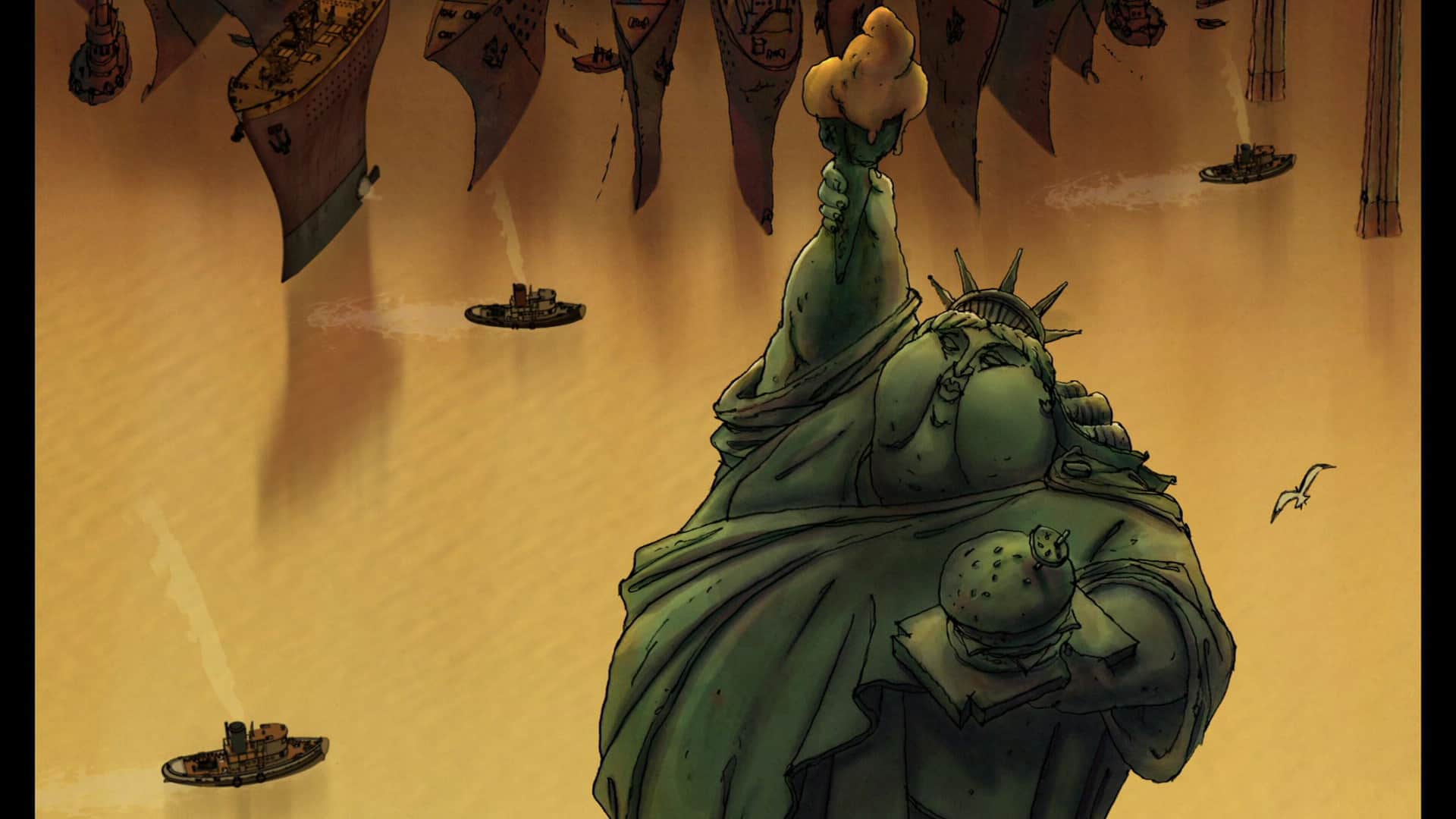
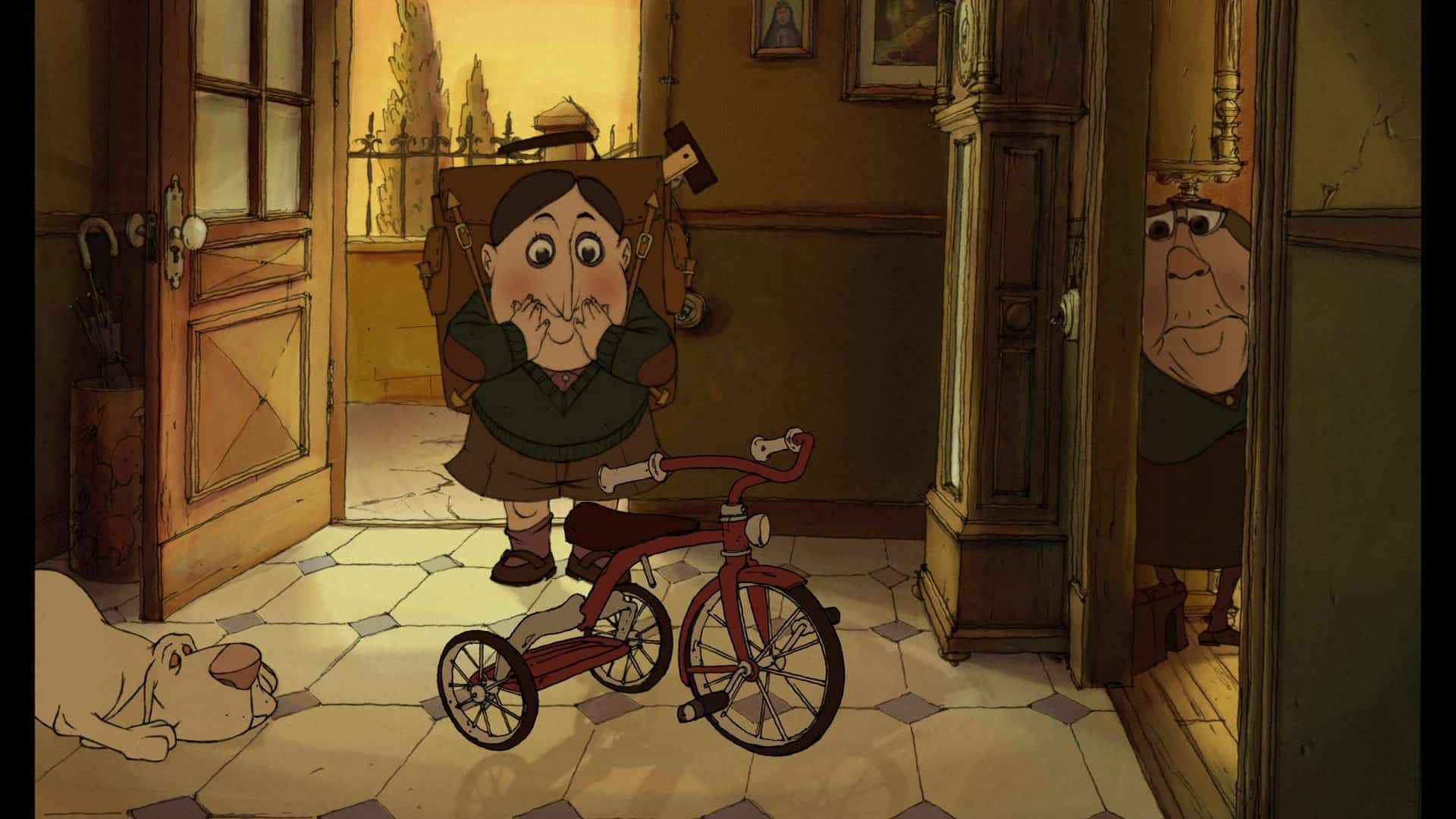


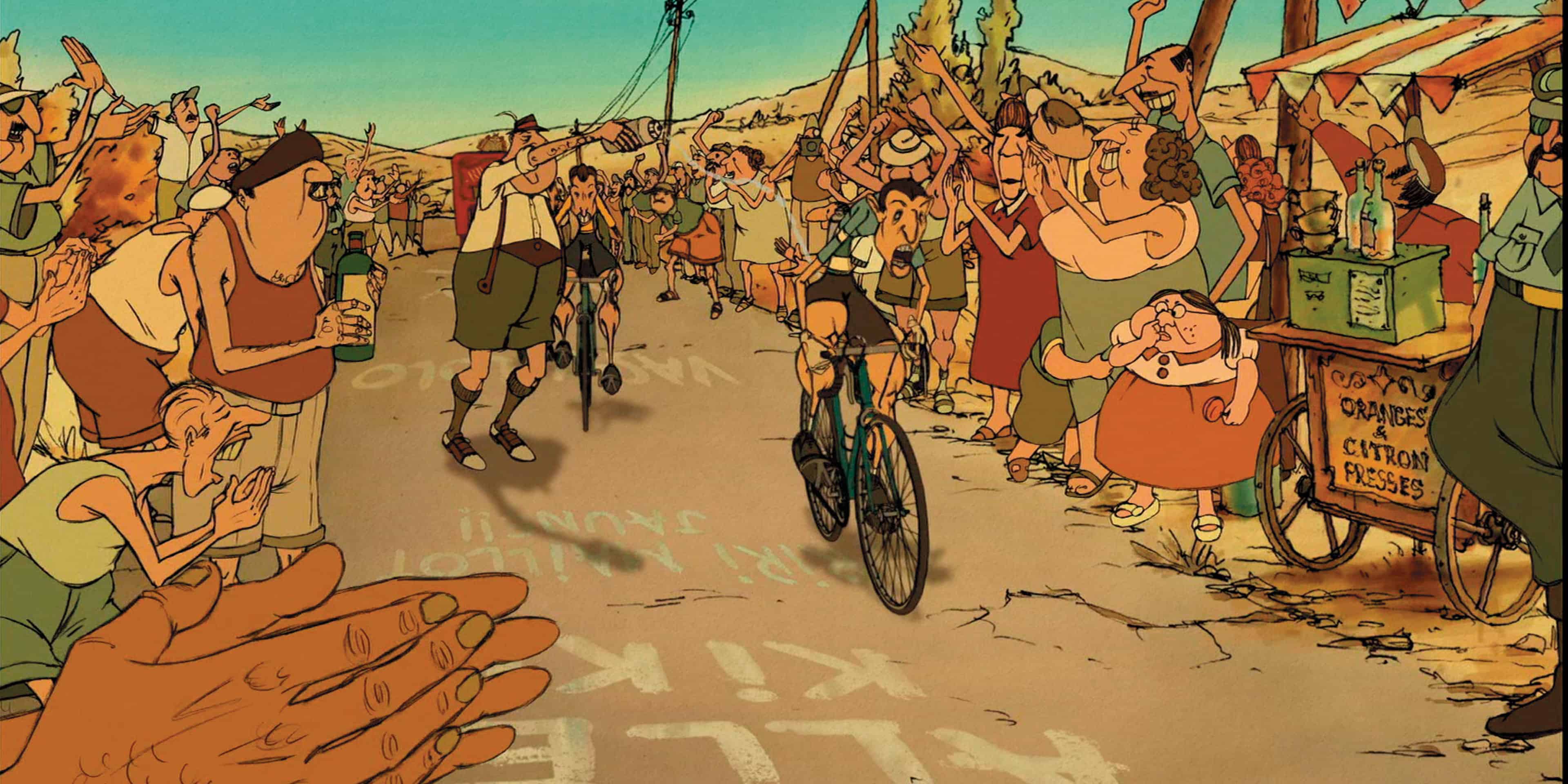
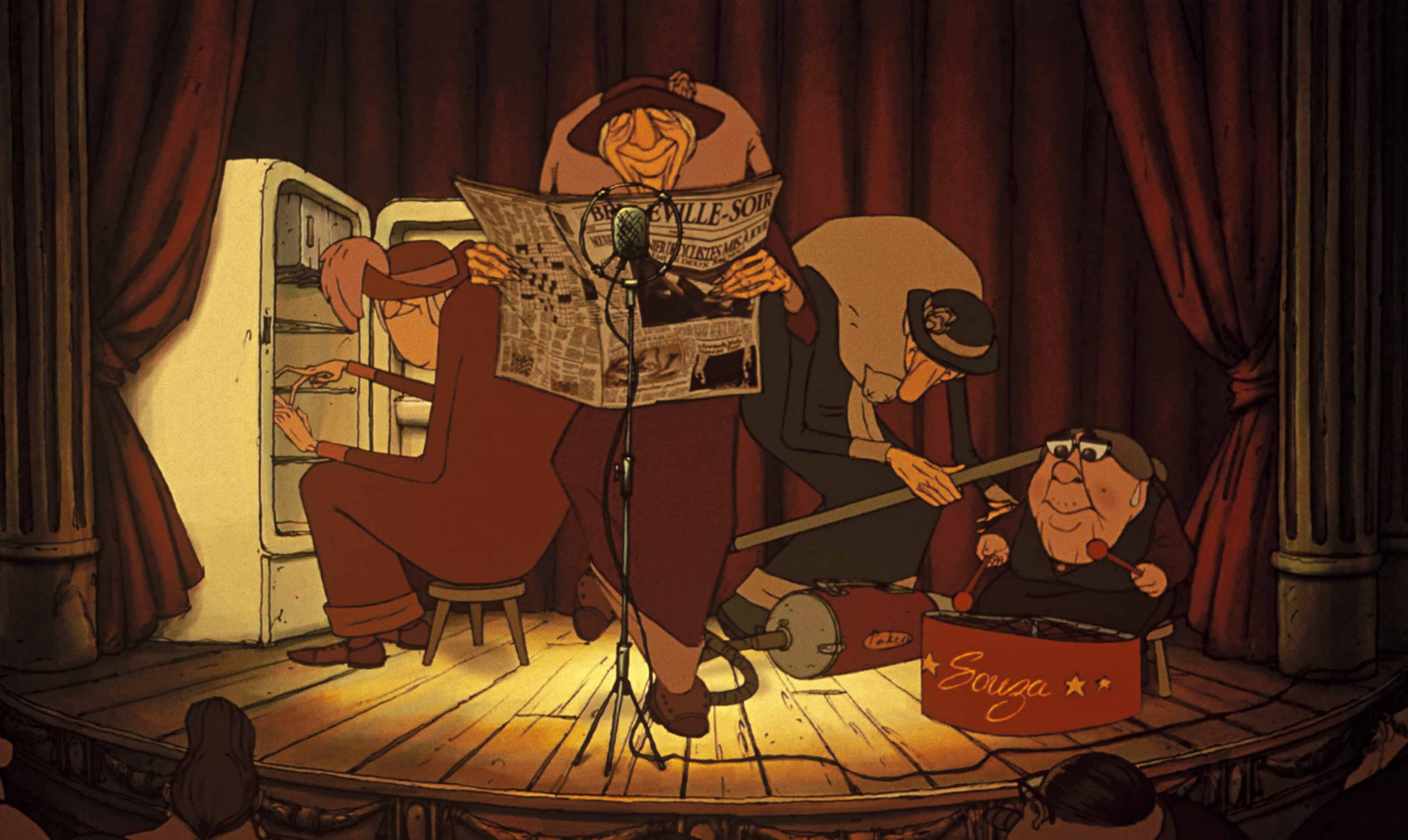
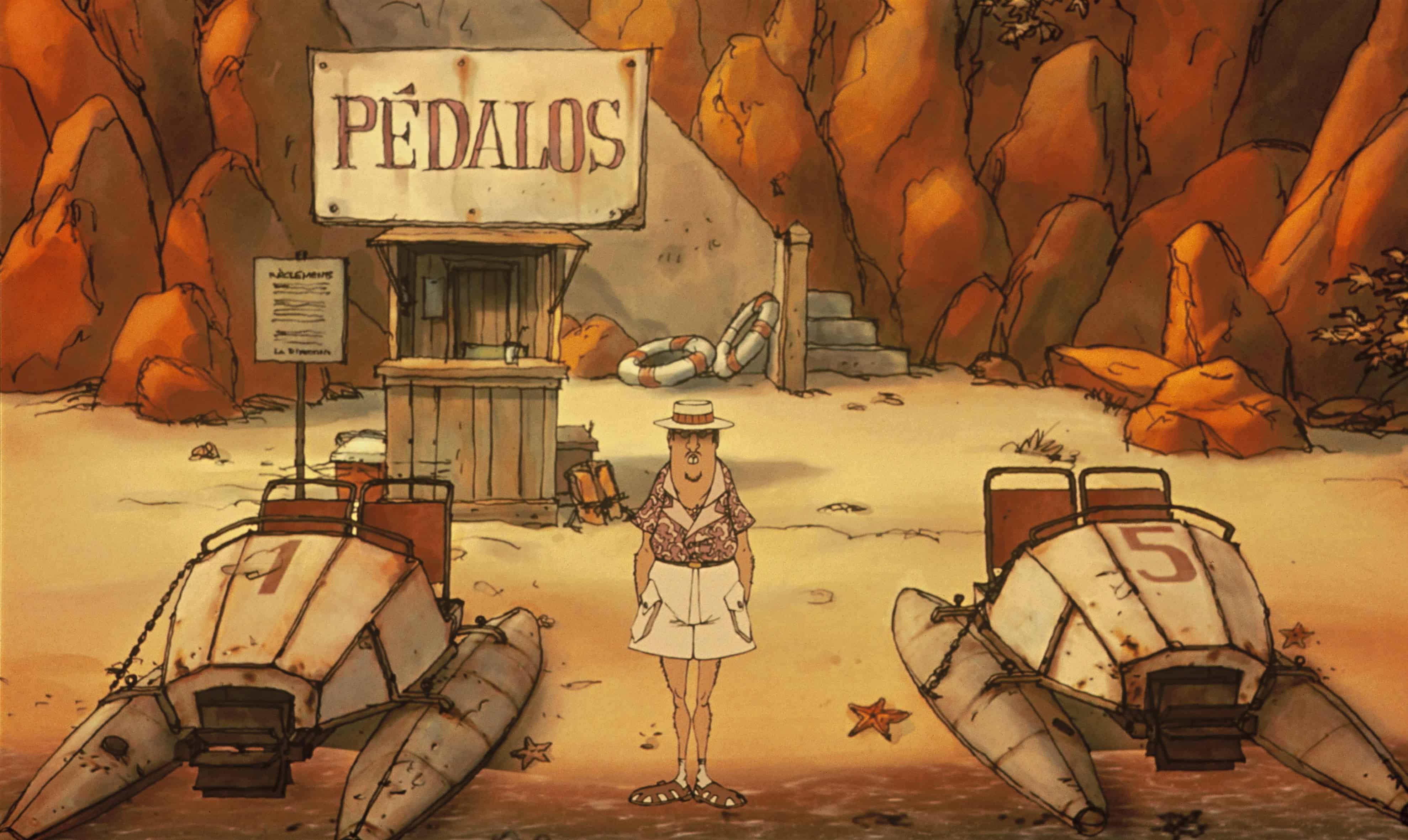
Comments
Loading comments...